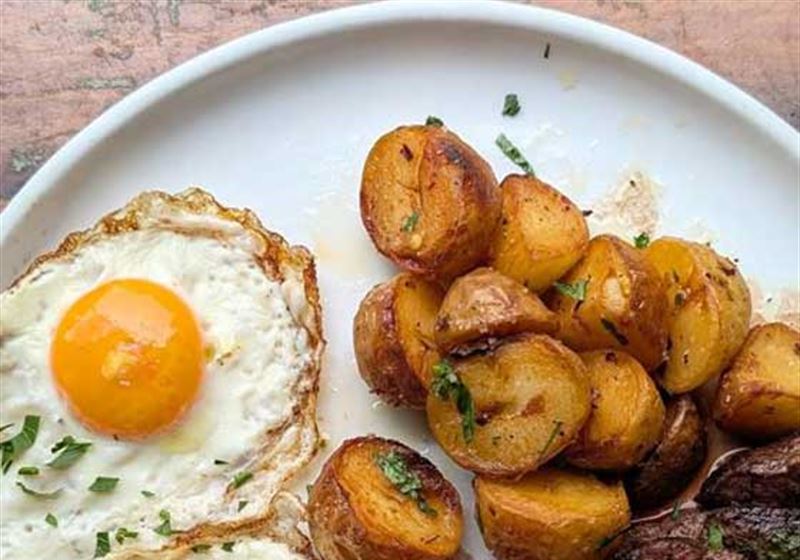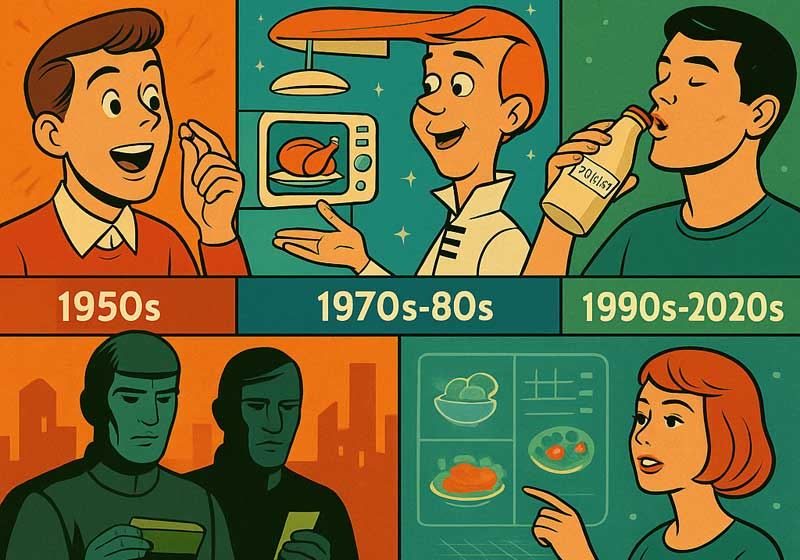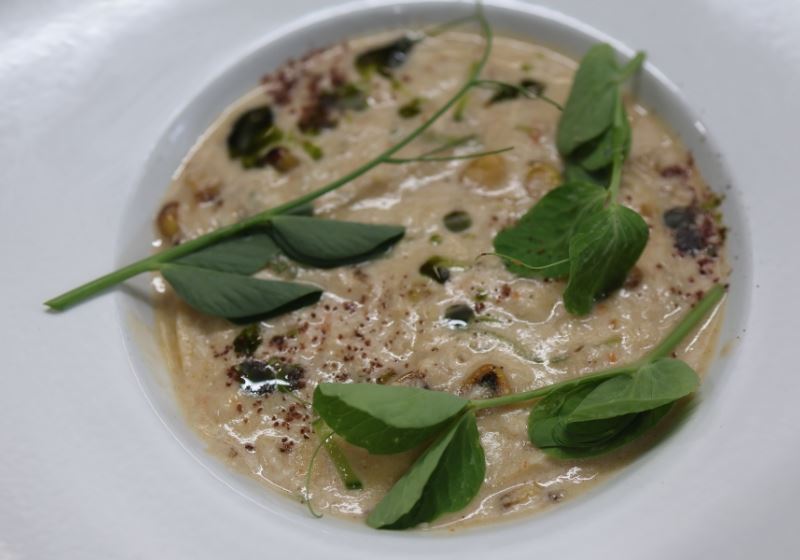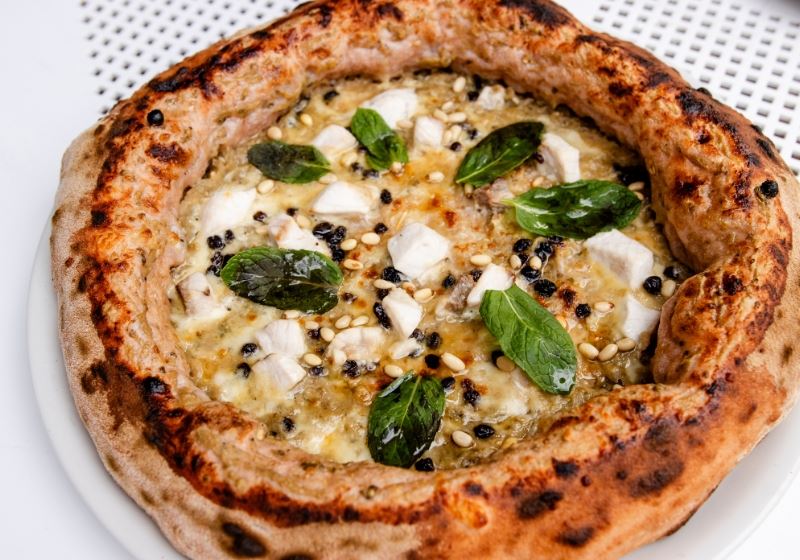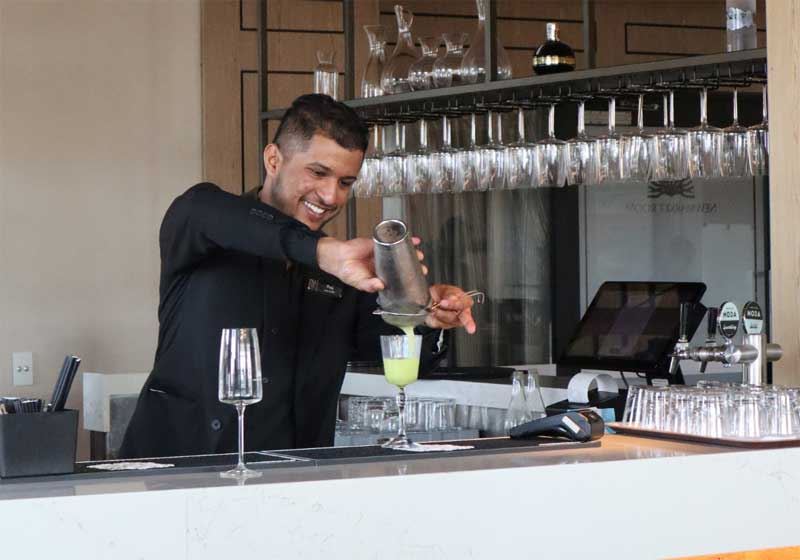By Leigh O’Connor.
The Pacific is not just a sea - it’s a living, breathing table. Scattered across its glittering blue expanse are islands that pulse with stories told through food: tales of migration, colonisation, resilience and creativity.
From the volcanic soils of Hawaii to the coral atolls of Kiribati, cuisine in the Pacific is a language spoken through smoke, salt and the rhythm of the waves.
For centuries, indigenous Pacific people have lived in harmony with their environment, crafting dishes that honour both land and sea. In Samoa and Tonga, the umu - an earth oven - steams root vegetables, fish and coconut cream in banana leaves, the aromas mingling with ocean air.
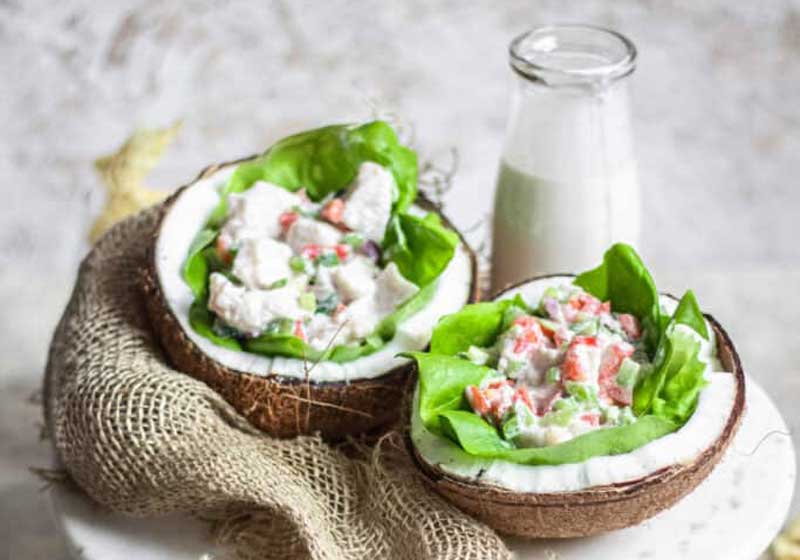
In Fiji, kokoda - raw fish bathed in lime and coconut milk - captures the bright, unpretentious freshness of island life. Across Melanesia, taro, cassava, yam and plantain sustain communities with their humble, earthy strength. These dishes are not just food - they are connections to ancestry, ritual and the spirit of place.
Then came the voyagers - traders, missionaries and colonisers - bringing with them new ingredients, methods and meanings. The French, in places like Tahiti and New Caledonia, introduced butter, bread and a devotion to sauces and pastries.
A freshly baked baguette beside coconut jam became a symbol of something new: the blending of European refinement with Pacific simplicity. The British, in Fiji and Papua New Guinea, left behind their own imprints - meat pies, puddings and afternoon tea traditions that found unlikely homes under palm trees.
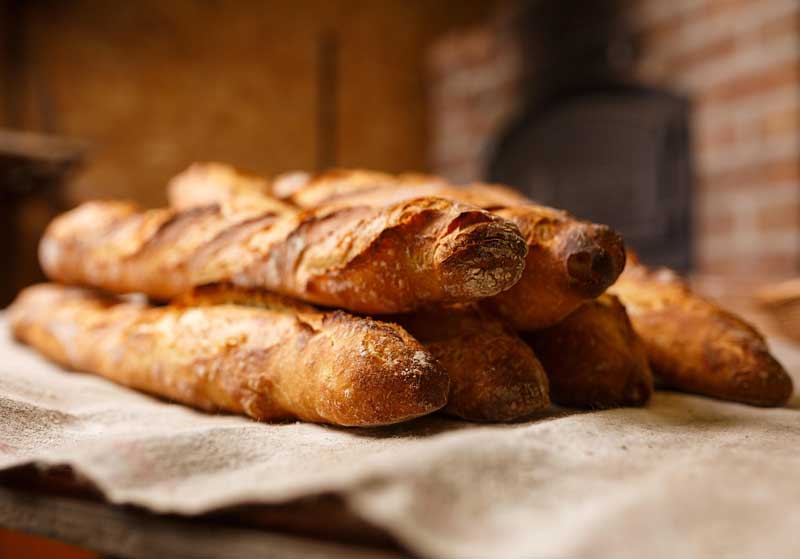
The Spanish and Portuguese influence arrived through the Manila galleon routes, carrying chillies, tomatoes and rice across oceans. These ingredients transformed island cooking, adding warmth, colour and spice to ancient recipes.
Later, Asian migrations - particularly from China, Japan, the Philippines and India - reshaped the Pacific palate once again. Soy sauce, noodles, curry powders and wok-fried techniques blended effortlessly with local produce. In Hawaii, this cultural collision birthed the beloved plate lunch and poké bowls - humble yet profound expressions of fusion.
Even the Americans left their culinary fingerprints - from tinned meat and condensed milk introduced during wartime, to fast-food chains that now share space with roadside barbeque stalls. Yet, in true Pacific fashion, these influences have not erased tradition; they’ve been absorbed, adapted and made distinctly local. A spam musubi in Honolulu or a meat pie in Suva isn’t an echo of elsewhere - it’s a new identity born of many.
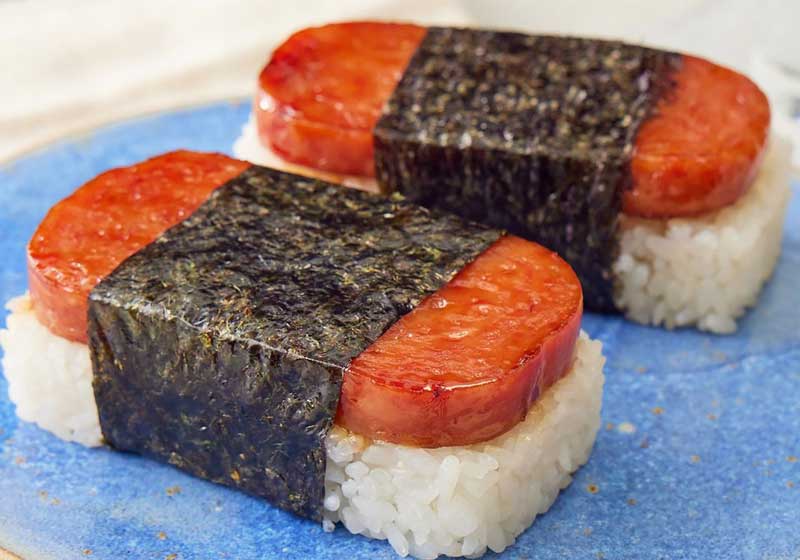
What makes Pacific cuisine extraordinary is its spirit of balance - the way it holds the past and the present, the imported and the indigenous, in tender harmony. Food here tells stories of both survival and celebration. It’s about resourcefulness: turning what the sea and soil offer into feasts that nourish body and soul.
In every smoky umu, every coconut-laced curry, every delicate taro leaf parcel lies the same truth - the Pacific is not defined by any single influence, but by the way it weaves them all together.
Its cuisine, like its people, is shaped by tides, trade winds and time - endlessly evolving, beautifully resilient and forever tasting of home.


